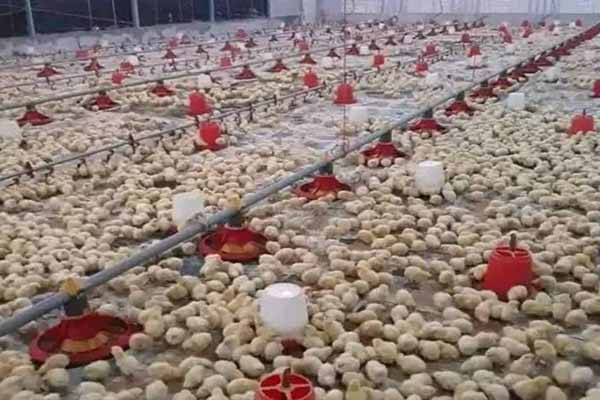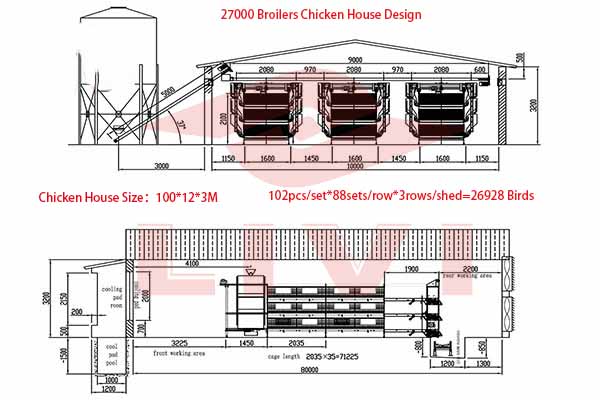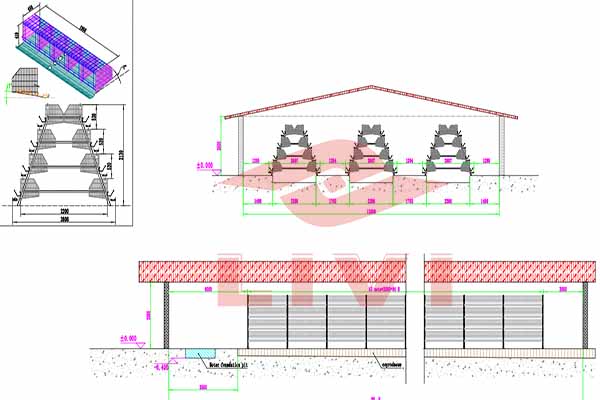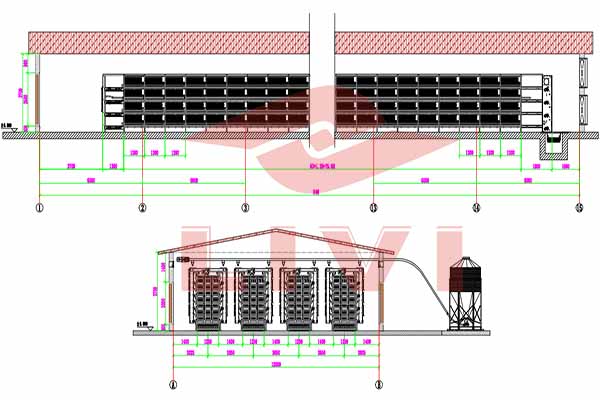Optimizing Auto Chicken Feeding and Water System for 30,000 Layer Chicken Farms
Automated feeding and watering systems are pivotal in the efficient management of large-scale chicken farms. For farms with 30,000 layers, such systems can significantly enhance productivity and reduce labor costs. In this article, we delve into the key features and benefits of an auto chicken feeding and water system designed for a 30,000-layer operation.
Key Features of an Auto Chicken Feeding and Watering System
- Automatic Feeding: With a capacity to feed up to 30,000 chickens, these systems ensure a consistent and precise feeding schedule.
- Precision Dosing: Feeding systems can be programmed to provide specific amounts of feed based on the age, weight, and growth stage of the chickens.
- Automatic Watering: Continuous access to clean water is crucial for chicken health. These systems maintain water quality and flow rate.
- Remote Monitoring: Real-time data monitoring allows for immediate adjustments to feeding and watering schedules.
- Energy Efficiency: Advanced technology reduces energy consumption, leading to lower operational costs.
According to a recent study, farms with automated feeding and watering systems saw a 15% increase in productivity compared to manual systems.
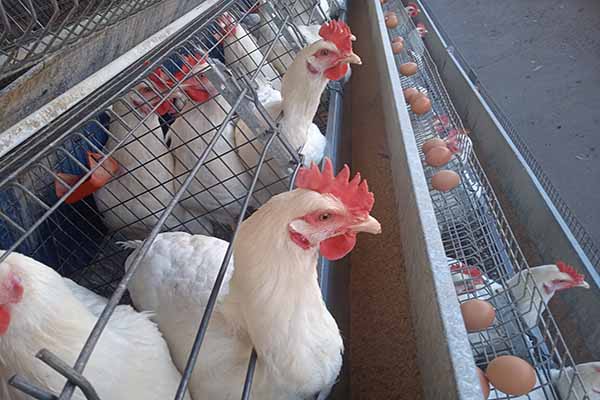
Benefits of Implementing an Auto Chicken Feeding and Watering System
| Aspect | Benefits |
|---|---|
| Cost Efficiency | Reduces labor costs and minimizes waste, leading to substantial savings over time. |
| Health and Welfare | Ensures consistent access to feed and water, contributing to better chicken health and productivity. |
| Operational Efficiency | Streamlines farm operations, allowing for easier management of large-scale farms. |
| Environmental Impact | Reduces water and feed wastage, contributing to a more sustainable farming practice. |
Implementing an auto chicken feeding and watering system can transform a 30,000-layer chicken farm into a highly efficient and profitable operation.
Case Study: Farm A
Farm A, a 30,000-layer chicken farm, implemented an auto feeding and watering system. Within the first year, they reported a 20% increase in productivity and a 30% reduction in water and feed waste.
“The automated system has been a game-changer for our farm. It’s not only increased our output but also allowed us to manage the farm more effectively,” stated the farm manager.
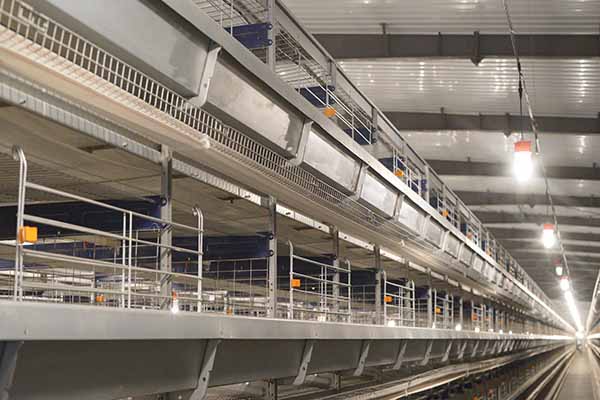
Conclusion
Investing in an auto chicken feeding and watering system for a 30,000-layer chicken farm is a strategic move towards improved efficiency and profitability. If you are considering such an investment, we encourage you to leave a comment below with any questions or concerns. For a free chicken farming design and equipment quotation, contact LIVI Machinery today.
